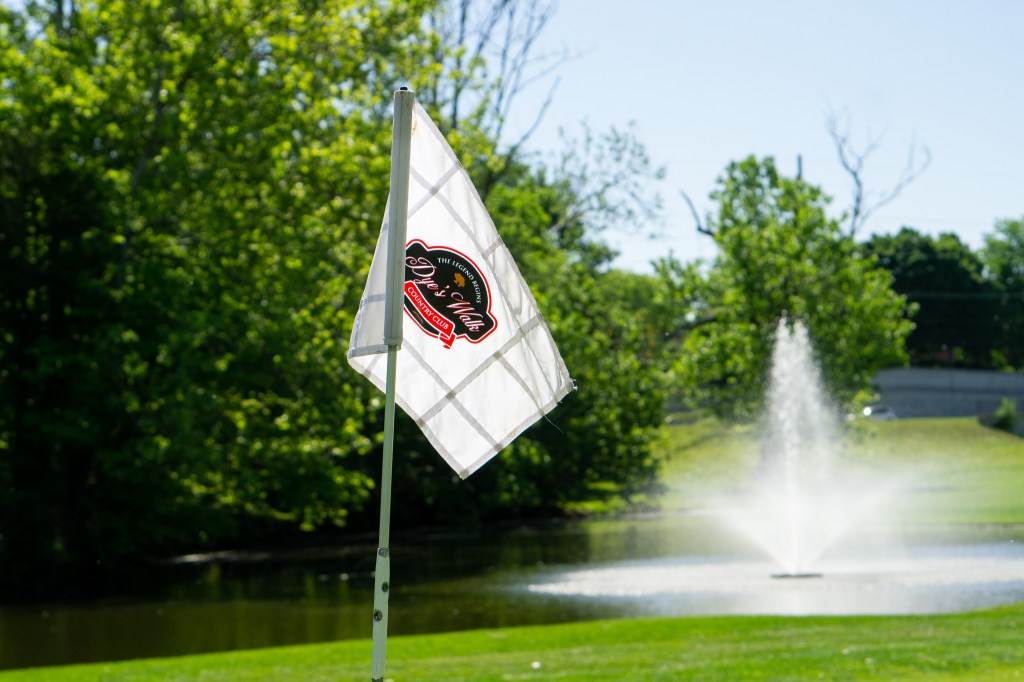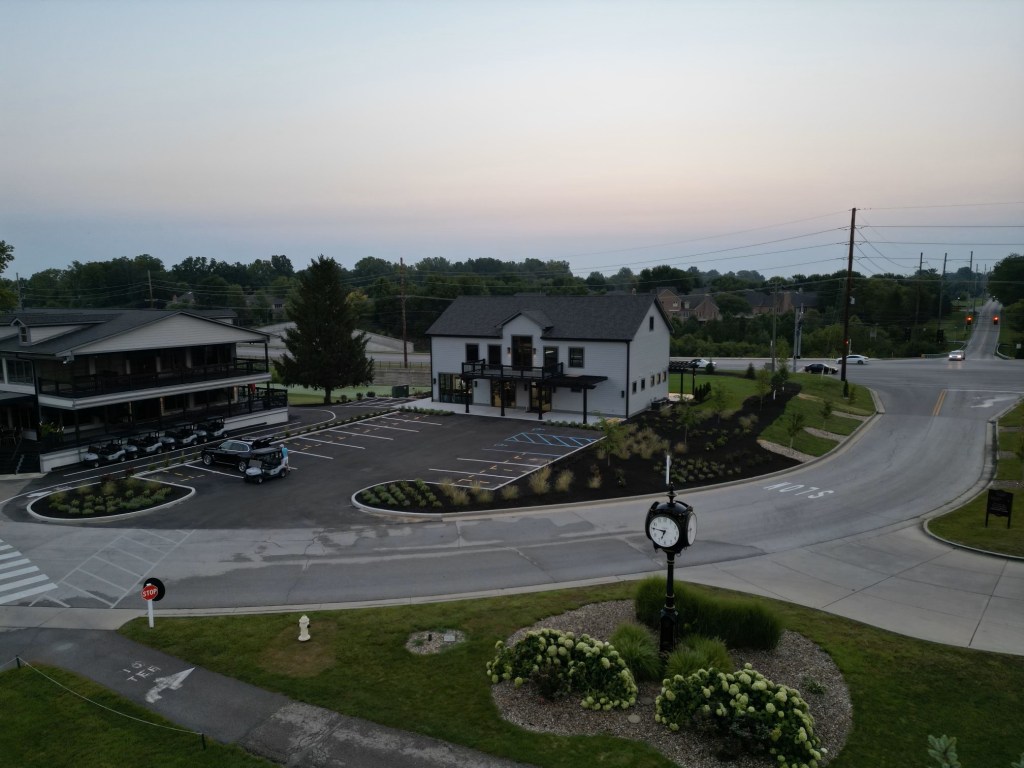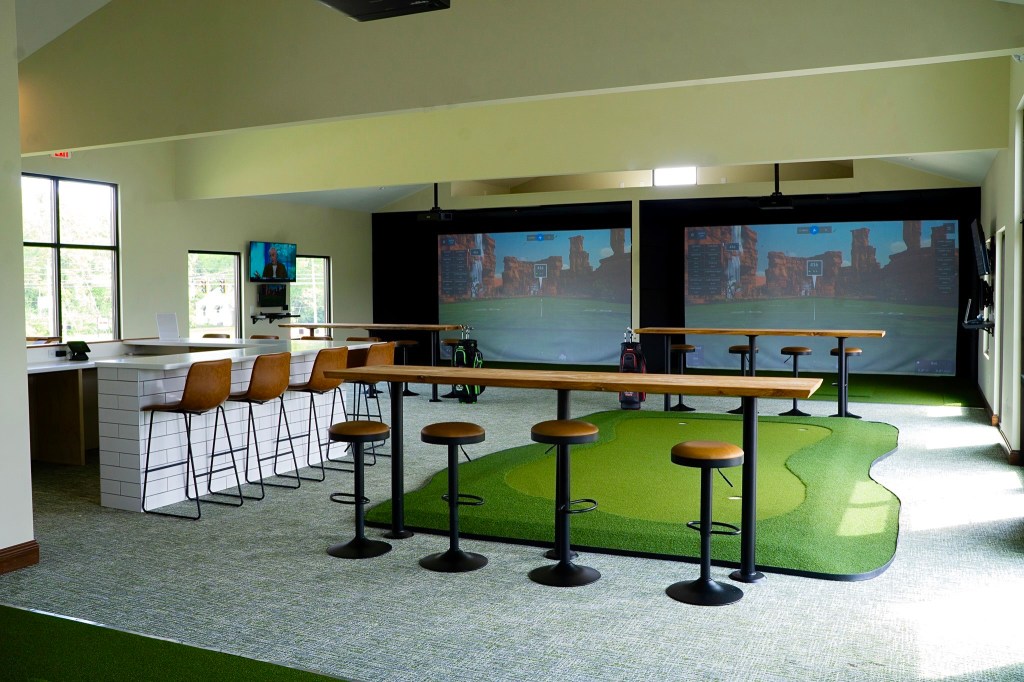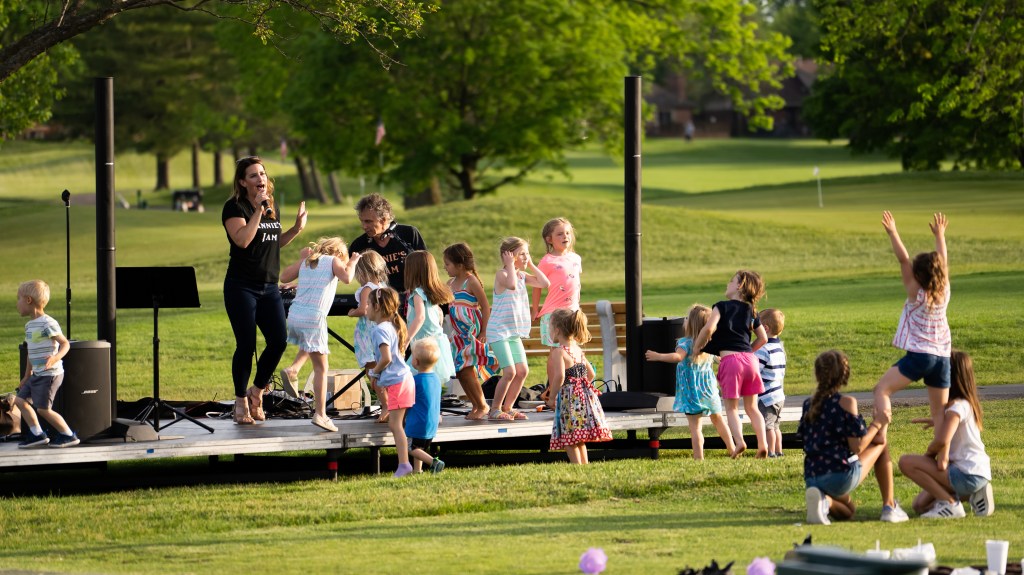
Dye’s Walk Country Club
Dye’s Walk Vision – To offer a legendary and sustainable country club experience for members and guests.
Dye’s Walk Mission – We strive to provide an inclusive and rewarding membership experience in line with our core values both on and off the course, ensuring that golf, dining and social offerings are of the highest possible standard, while maintaining financial and operational stability for our club.
Dye’s Walk Core Values:
Integrity – We encourage and foster a country club environment that embraces a member owned structure with a commitment to upholding our Vision and Mission, while maintaining clear and effective communications with membership.
Respect – We provide and expect a friendly, professional and community-centric atmosphere for our members, guests and team members.
Stewardship – We embrace our responsibility in the strategic planning and management of club resources to effectively deliver and communicate annual plans and long-term financial health of Dye’s Walk.
Dye’s Walk Country Club, a Johnson County staple for more than six decades, provides that connection not only for golfers, but also for their families. In 1960, Pete and Alice Dye, who came to be known as the power couple of the golf course architecture world, traveled from their home in Carmel to Greenwood, to walk the farmland on the southwest corner of Olive Branch Road and State Road 135. Real estate developers Henry and Bill Nordsieck had plans to transform the land into a nice neighborhood and beautiful golf course. This was the Dyes’ first golf course design, and the club opened in1961 as the El Dorado. They built the back nine, which at the time was the only nine. “The rumor is that Pete and Alice drove sod down in their station wagon and planted it on the greens,” says Kyle Baumann, Director of Golf/General Manager at Dye’s Walk.


Through the years the name of the club has changed from the El Dorado to Royal Oak to Dye’s Walk. Prior to any name change, however, a second nine was added in the early 1970s by Indianapolis golf course architect Gary Kern. In 2007 Pete Dye, who was living in Florida at the time, came back to walk the grounds, for a potential redesign. That’s how the name Dye’s Walk was coined.
Part of the strategic planning process that started in 2014 was to provide continuity in the member experience. This initiated a $2 million capital improvement plan, which started with purchasing the corner property at the entrance. We built the Clubhouse Annex, which is essentially an adjacent clubhouse. The 5,000-square-foot building houses our golf shop, men’s and women’s locker rooms, three golf simulators, and a bar. This enables the club to provide full food and beverage dining, golf instruction, and golf leagues over the wintertime. To enhance the course experience, we also had all of the tees leveled and reconstructed the bunkers using the Better Billy Bunker system.


Dye’s Walk Country Club offers memberships for Resident Single, Resident Family, and Junior Executive (40 years or younger). If a spouse joins as a Resident Single, their family still has access to the restaurant. Also, if a spouse doesn’t golf, he or she can still participate in the social events. The Resident Family membership (the most popular) includes everything – bar, restaurant, pool, and as much golf as you want.
